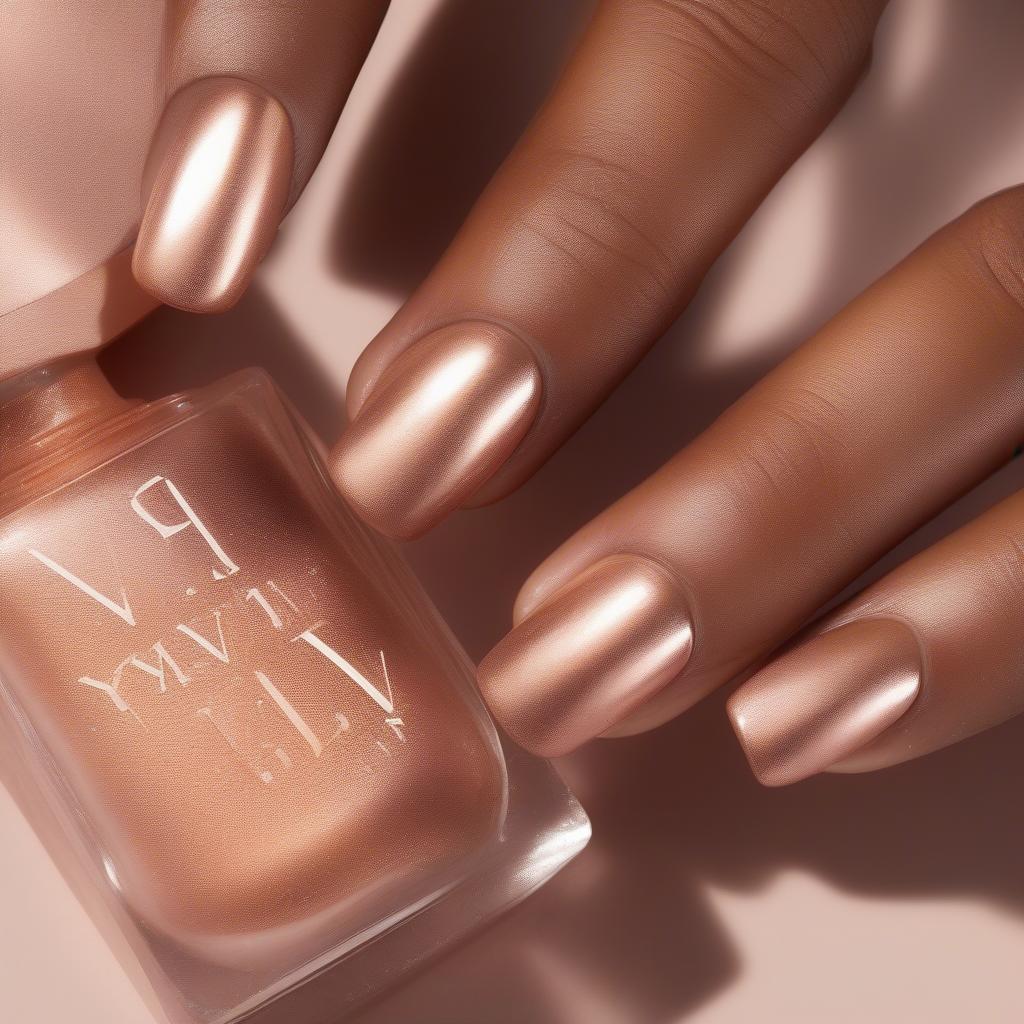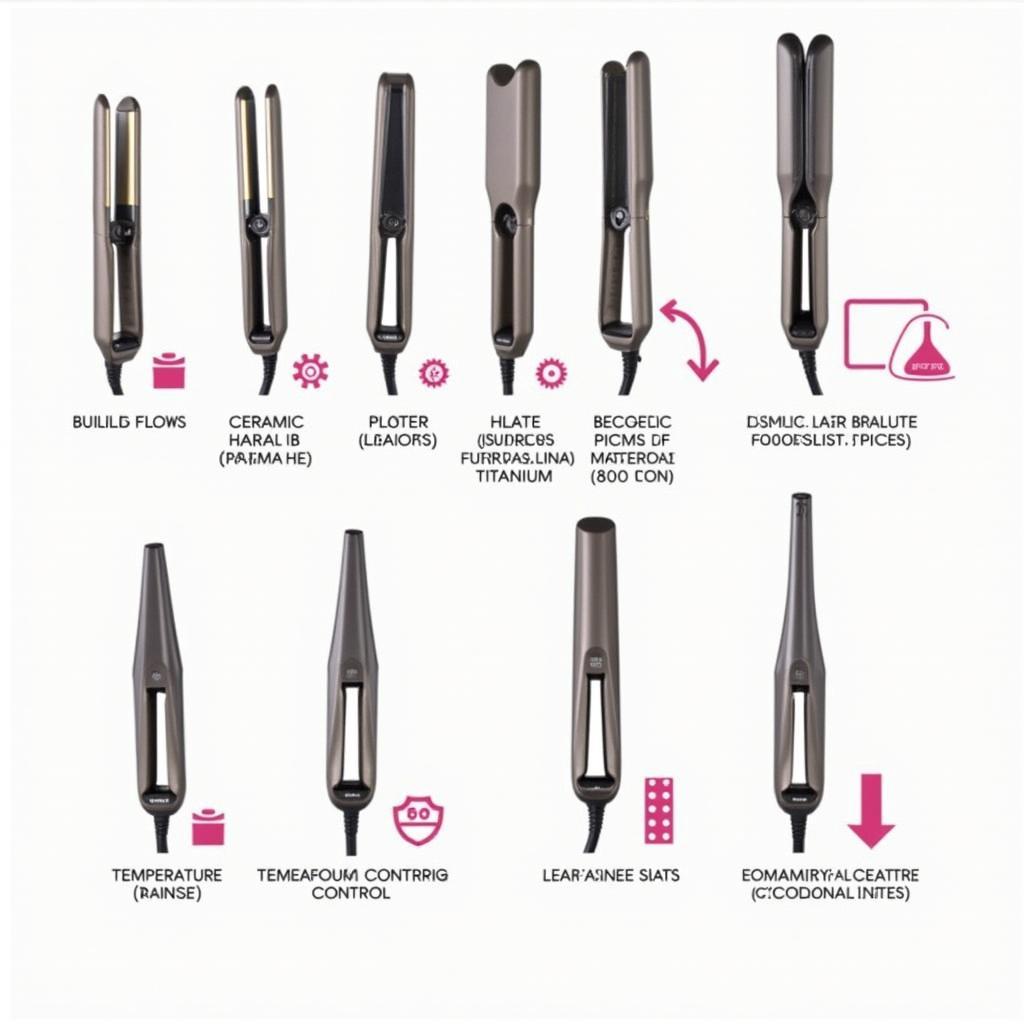Unlocking the Secrets of Lipstick Pigments
- AmazoniaSilva
- Tháng 12 11, 2024
- Zodiac signs
- 0 Comments
Lipstick Pigments are the heart and soul of every lipstick, responsible for its vibrant color and lasting power. Understanding these color components unlocks a world of possibilities, from choosing the perfect shade to creating custom blends. This comprehensive guide delves into the fascinating world of lipstick pigments, exploring their different types, properties, and how they contribute to the final product.
Different Types of Lipstick Pigments: A Colorful Spectrum
Lipstick pigments come in a variety of forms, each with unique characteristics. These pigments can be broadly classified into organic, inorganic, and lake pigments.
-
Organic Pigments: These pigments are carbon-based and are known for their vibrancy and intensity. They are often used to create bright, bold shades.
Organic pigments, however, can be less lightfast than inorganic options, meaning they may fade more quickly with sun exposure. They are also generally more expensive.
-
Inorganic Pigments: Derived from minerals and metals, inorganic pigments offer excellent opacity and lightfastness. They are commonly used in lipsticks to provide coverage and long-lasting wear.
While inorganic pigments are known for their durability, they may not offer the same vibrancy as organic pigments, often resulting in more muted shades.
-
Lake Pigments: Lake pigments are essentially organic dyes that have been chemically bonded to an inorganic substrate. This process enhances their stability and lightfastness while retaining their vibrant color. They are a popular choice for creating intense and long-lasting lipstick shades.
Understanding the Properties of Lipstick Pigments
Several key properties determine how a pigment performs in a lipstick formulation.
- Opacity: This refers to a pigment’s ability to cover the underlying lip color. High-opacity pigments create a solid, opaque finish, while low-opacity pigments offer a sheerer, more translucent effect.
- Lightfastness: This measures a pigment’s resistance to fading when exposed to light. Pigments with high lightfastness will maintain their color for longer periods.
- Dispersion: How well a pigment disperses in the lipstick base affects the final color payoff and texture. Good dispersion ensures an even and consistent color.
- Bleeding and Feathering: Some pigments can contribute to lipstick bleeding or feathering, which is when the color migrates beyond the lip line.
How Lipstick Pigments Contribute to the Final Product
The combination and concentration of pigments determine a lipstick’s final shade, finish, and overall performance. Understanding these interactions allows for precise color creation and formulation. For example, mixing organic and inorganic pigments can balance vibrancy and opacity.
Creating Custom Lipstick Colors with Pigments
While choosing pre-made lipsticks is convenient, creating custom shades using pigments offers limitless possibilities. This involves carefully selecting and blending pigments to achieve the desired color and finish.
“Lipstick pigments are the artist’s palette for the lips,” says renowned cosmetic chemist, Dr. Anya Sharma. “By understanding their properties, anyone can create their own signature shades.”
Conclusion: Mastering the Art of Lipstick Pigments
Lipstick pigments are the building blocks of lip color, and understanding their nuances is key to choosing and creating the perfect lipstick. From their diverse types and properties to their role in the final product, lipstick pigments offer a fascinating glimpse into the science and art of cosmetics. By exploring this world, you can unlock your own potential for creating the perfect pout.
FAQ
- What are the most common lipstick pigments? Iron oxides, titanium dioxide, and various organic dyes are among the most commonly used.
- Are all lipstick pigments safe? Regulatory bodies like the FDA approve specific pigments for cosmetic use, ensuring their safety.
- Can I mix different lipstick pigments? Yes, mixing pigments is a common practice for creating custom shades.
- How can I improve the lightfastness of my lipstick? Using pigments with high lightfastness and applying a lip liner can help prevent fading.
- What causes lipstick to bleed or feather? Certain pigments, as well as the lipstick’s overall formulation, can contribute to this issue.
- Where can I purchase lipstick pigments? Cosmetic supply stores and online retailers offer a wide selection.
- What are the different finishes that can be achieved with pigments? Matte, satin, gloss, and shimmer finishes can be created depending on the pigment combinations and other ingredients in the lipstick.
Need help? Contact us at [email protected] or visit our office at Fifth Avenue, 34th Floor, New York, NY 10118, USA. We have a 24/7 customer service team.

